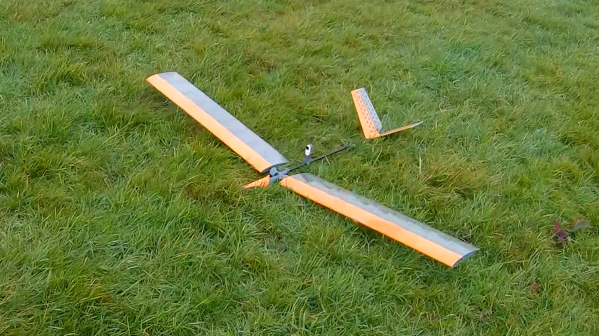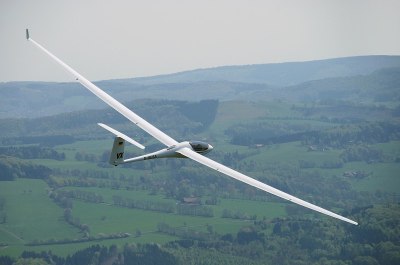Whenever you buy a servo, it usually comes with a little baggie full of various plastic horns. Most of us pick our favorite and use it in our projects. Some of us hack them up, glue them back together, and do all kinds of weird things with them. And others skip them entirely, going for direct drive instead. In a new video, [Dynamix Systems] explores when going direct drive is the right solution.
The video primarily concerns servos as they’re used in the context of aero modeling. In this regard, the video points out that while stock servo horns are easy to use, they can be cumbersome and clumsy. For example, you often end up with horns and control linkages protruding out into the airstream, adding drag and generally making things a bit inelegant. They can also snag on things and easily damage your servos or controls.
Using direct shaft couplers can be a much tidier solution in some respects. The servo can be coupled directly to the axis of motion, allowing it to be hidden inside a wing or tail surface. It can require a little more finesse in installation and design, but they’re much less likely to snag on things or be damaged. There’s also a drag benefit if you do it right. [Dynamix Systems] notes that you’ll want to source some shaft couplers to do this properly, which you can make yourself or buy online fairly easily.
It’s great to see how tidy direct drive really is. We’ve seen some other nifty servo tricks of late, too. Video after the break.
Continue reading “Should You Run Servo Horns Or Direct Couplings In Your RC Planes?”



















